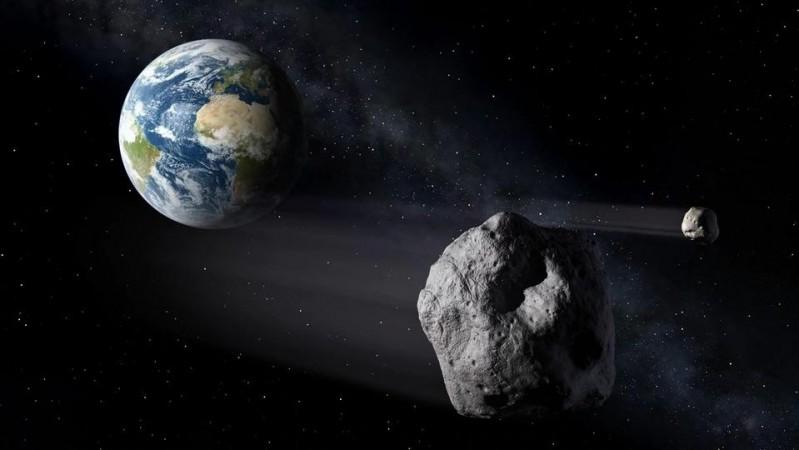A new study report published in the Planetary Science Journal has suggested that the Phaethon asteroid has more strange characteristics than previous scientific assumptions.
Researchers at NASA, on Tuesday, said that this asteroid often acts like a comet and its tail is actually made of sodium gas, contrary to the previous assumptions that its tail is made up of dust.

It should be noted that asteroids are made up of rocks, and they usually do not usually form tails, as it approaches the sun. On the other hand, comets which are made up of rock and ice form tails.
During the research, Qicheng Zang, a California Institute of Technology PhD student who is the lead author of the study, used the Solar and Heliospheric Observatory spacecraft to examine Phaethon and its tail.
The findings of this study have made Zang and his fellow colleagues believe that some comets may not be actually comets.
"A lot of those other sunskirting 'comets' may also not be 'comets' in the usual, icy body sense, but may instead be rocky asteroids like Phaethon heated up by the sun," Zang said in a NASA post.
Interestingly, Phaethon is also the source of the annual Geminid meteor shower, despite considering the fact that comets cause most meteor showers.
Now scientists are in a rush to find out the answer to how Phaethon, with its sodium gas tail, provides material for the Geminid meteor shower that happens each December.
Zhang's team revealed that some disruptive events may have happened, about a thousand years ago, which caused Phaethon to eject the material making up the Geminid debris stream.
More mysterious facts about Phaethon are expected to be unveiled soon as an upcoming Japan Aerospace Exploration Agency mission called DESTINY+ is expected to fly past the asteroid soon. It is expected to image its rocky surface and to will study more about the presence of dust particles around the asteroid.
International Astronomical Union's Minor Planet Center, has categorized Phatheon as a "potentially hazardous" asteroid after its close approach in 2017.

















